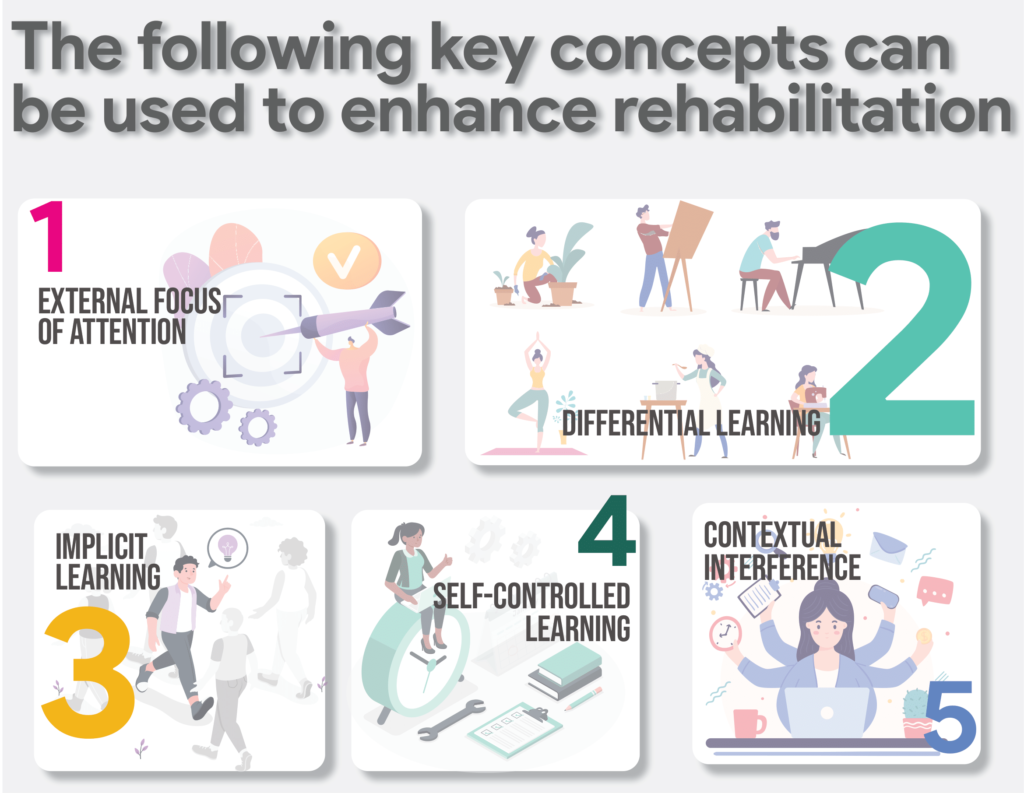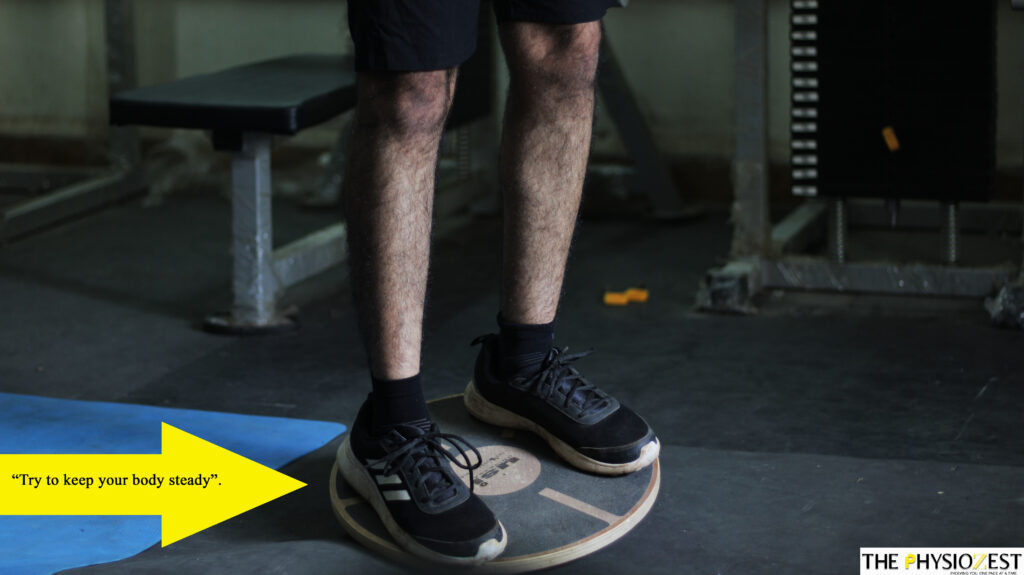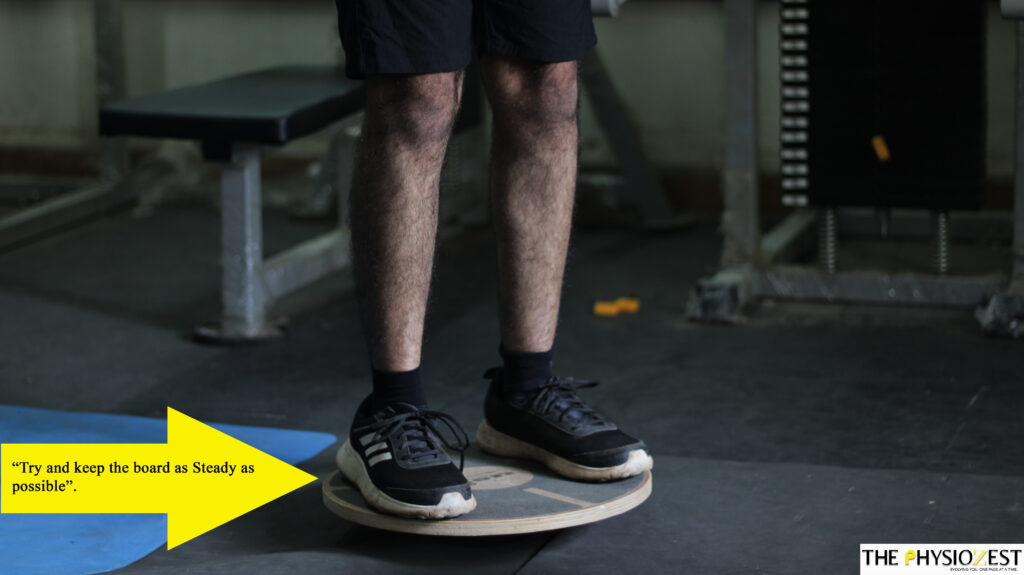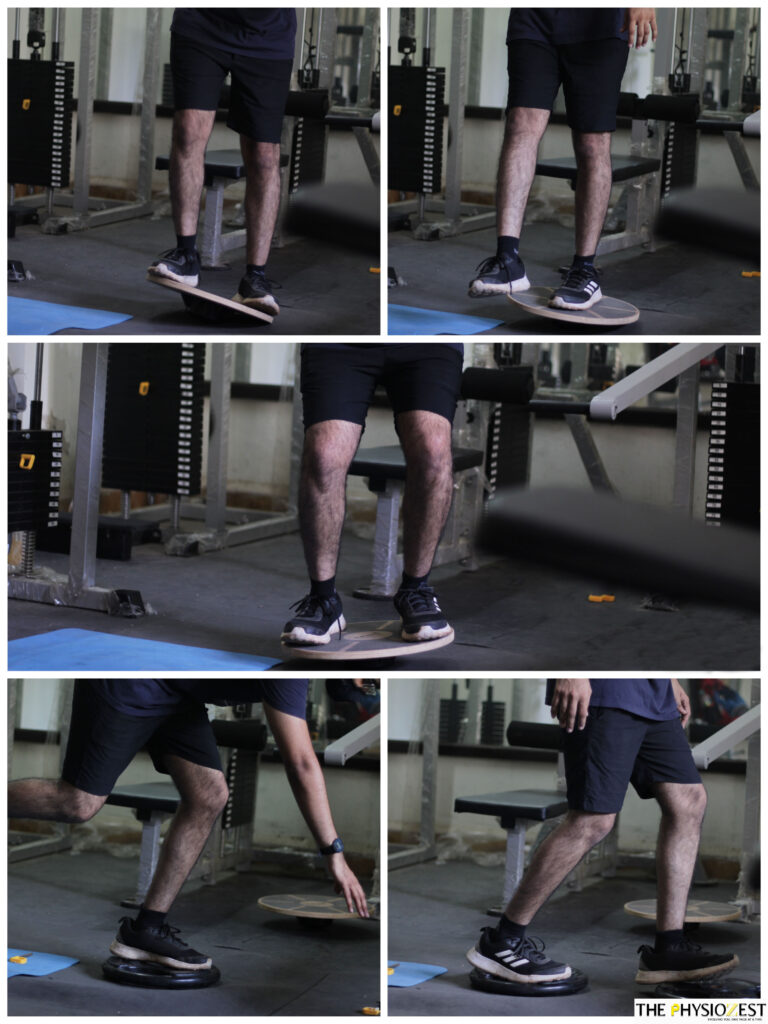Motor Learning for ACL Rehabilitation
Written by Priyanka Paliwal
Graphics by Kevin Thakkar
Visual Media by Param Sampat
Share this article
Key Points
- Motor learning has opened a new path to enhance the traditional rehabilitation approaches and make them more efficient.
- The role of these principles in ACL rehab has shown positive results for return to sport/function.
- A specific change in the commands and incorporating varying exercises to tap on the brain’s neuroplastic function facilitates the best possible outcomes.
Every sports fan has seen their favorite athletes incur various injuries on the field. The anterior cruciate ligament (ACL) remains at the top of the list by marking its place as one of the most commonly injured structures in active young individuals.(1)
Over the years, there have been various advancements to the older repair techniques.(2)
Is repair a better choice over reconstruction? This question is debatable, but “Repair, not replace” seems to be the new mantra for many!
Certain additions like biologic and synthetic collagen scaffolds and growth factors make their way adjuncts to surgical procedures.(3,4)
This piece focuses on incorporating motor learning principles and why they have made their way into ACL injury management.
What is Motor learning?
Motor learning is defined as the ‘process of an individual’s ability to acquire motor skills with a relatively permanent change as a function of practice or experience.’(5)
In simple words, when a skill is repeatedly rehearsed, motor learning takes place.
The result? ‘Change in behavior.’
The optimal practice of a challenging, novel, and motivating task ensures long-term learning.
Studies have shown that motor learning causes the formation of neural circuits and enhances and reorganizes these connections in response to learning.
For an in-depth understanding, refer to the following link: Dayan E, Cohen LG. Neuroplasticity subserving motor skill learning. Neuron. 2011 Nov 3;72(3):443-54. DOI: 10.1016/j.neuron.2011.10.008. PMID: 22078504; PMCID: PMC3217208.
A neglected aspect of ACL injury (6)
- An ACL injury is a ‘neurophysiological dysfunction’ and not just a mechanical one.
- Any ACL injury induces bilateral lower extremity dysfunction.
- It is associated with sensory information deficits due to loss of ligament mechanoreceptors.
- It alters the activation of knee movements in the brain.
- Dependency on the visual system becomes more than the proprioceptive system.
How can we overcome this problem?
Current rehab programs are focused on solving the biomechanical problems associated with an ACL injury and fail to attend the neurophysiological dysfunction.
The patients usually perform pre-planned motor tasks in a controlled environment of a physical therapy department. Practicing these confined motor skills does not fully prepare them for an on-field sport/ function. Rehab is incomplete without the exact simulation and practice of the task-specific and sport-specific skills in the patient’s work environment.(6)
Grooms et al. suggested that after an ACL injury, there are ineffective motor learning strategies. It highlights that neuroplastic capacities are not optimally challenged with traditional rehabilitation.(7)
The following key concepts can be used to enhance rehabilitation(8):
- External Focus Of Attention
- Implicit Learning
- Differential Learning
- Self-Controlled Learning
- Contextual Interference

EXTERNAL FOCUS OF ATTENTION
In any clinical setting, every patient gets detailed instructions on how to perform a movement correctly. This principle aims at directing the patient’s attention to the effect of the movement instead of the movement itself. An external focus prevents conscious thought on the movement and hence promotes the use of automatic processes, which help to produce an efficient response.(8)
For example, balancing on a wobble board (2 Images of a person on the wobble board 1. “Try to keep your body steady” VS 2. “Try and keep the board as steady as possible”)
In the above set of instructions which one do you feel is easier to follow? Try it and see it for yourself!


It has been shown that 95% of the physical therapists provide instructions with an internal focus (focusing on patient’s movement), which is not as efficient in getting output as assumed.(9)
It is interesting to note how a simple change of words transforms the result magically. It is not magic, but neuroscience!
IMPLICIT LEARNING
Implicit learning aims to reduce declarative (explicit) knowledge about performing a movement by providing analogies or metaphorical descriptions.
Case Scenario
The instructions to squat:
1. Stand with your feet shoulder-width apart. Lower down, so your thighs are as parallel to the floor as possible, with your knees over your ankles”.
VS
2. Stance: “Think about keeping a big ball between your knees. Imagine you are picking up a heavy box from the floor or sitting down in a chair.”
Analogies help the patients to connect with a visual image of the movement and make it easier to ‘feel.’ (8)
DIFFERENTIAL LEARNING
Learning one stereotypical and perfect movement will not help a patient run a mile or score a goal. Every task needs to be trained in all its attainable variations.
By experimenting with different movement patterns and by learning alternative ways of performing a task (rather than only practicing the supposedly ‘correct’ movement form), patients learn an individualized motor solution that works best for themselves.
Case Scenario
A double-legged jump:
1. A standard double-legged jump in a closed environment
VS
2. Jump with variations including- bunny hops, skipping, unilateral skipping, high knees, b/l butt-kicks,90 degree jumping hops, variations in arm position- keeping arms across the chest, behind back, raising an arm. Adding changes in the environment- dark, on the sand, with or without shoes.
The principle of differential learning suggests that having patients perform this variety promotes self-organized and efficient motor learning. (8)
Given that a person requires rapid changes in his daily tasks, do you think the usual “10 reps, three sets” are enough?
SELF-CONTROLLED LEARNING
Self-controlled learning helps the patients to become more involved in their learning process. It promotes him/her to be in charge and decide the tasks they wish to improve.
Case Scenario
A patient can choose any three out of six listed exercises he wishes to perform.(8)

This gives patients a choice and they are empowered to be stakeholders for their own rehabilitation. This way, patients assume a more active role during rehab sessions rather than just go along with the predetermined protocol. It also enhances motivation and improves compliance.
CONTEXTUAL INTERFERENCE
Learning of skills cannot be orderly and specific if it needs to be transferred on the field and in real life. Contextual interference ensures that performance and learning are better by practicing one task in the context of the others.
Case Scenario
A rehab session needs to have variance or randomization of task order based on the patient’s skills.
More the variance, the better the performance.
These novel motor learning principles may optimize future rehabilitation programs to reduce future ACL injury risk and early development of osteoarthritis by targeting changes in neural networks.(8)
Here is an article we highly recommend for further reading and understanding the neural correlates of all the above principles along with some clinical examples- https://doi.org/10.1007/s40279-019-01058-0
When and how can we apply these principles?
Concerning the phases of ACL injury rehab, these principles can be very well applied from day one till the patient meets his/her functional goals.(8)
The majority of the motor learning research with regards to dosage has been carried out on neurological patients.(9) Further studies need to be conducted on ACL-injured patients specifically to identify adequate dosage for retention of movement pattern changes.
Thus, these principles can be applied every step along with standard ACL rehab protocols to enhance the outcome!
All we need is a creative mind to get the patients back on track!
Role of motor learning principles in the prevention of ACL injuries
Typically, ACL injury prevention programs comprise plyometrics, strength training, agility, and balance exercises.
- A shortcoming of this is -The improvements of movement patterns are not sustained over time. Research suggests that the reason for this may be related to the type of instructions given during training. (10)
- Use of external focus of attention might help to improve the outcomes achieved with this training and facilitate a better, more permanent change. (8)
Future Research
Which principles of motor learning could better enhance the neuroplastic processes to help improve the motor outcomes? (10)
Take away
- Keep the instructions precise and focused on the purpose of movement. “Touch your toes” will give a better output than “Bend your hips and spine.”
- Give analogies and scenarios which the patient can imagine and recreate to obtain the desired outcome.
- Practice all possible variations of a task according to the patient’s need.
- Ensure active involvement of the patient in designing the rehabilitation program.
- The exercise session should be full of surprises! Randomness and variance are the keys to successful rehabilitation!
References
- Montalvo AM, Schneider DK, Yut L, Webster KE, Beynnon B, Kocher MS, Myer GD. “What’s my risk of sustaining an ACL injury while playing sports?” A systematic review with meta-analysis. Br J Sports Med. 2019 Aug;53(16):1003-1012. doi:10.1136/bjsports-2016-096274
- Mahapatra, P., Horriat, S., & Anand, B. S. (2018). Anterior cruciate ligament repair – past, present, and future. Journal of experimental orthopedics, 5(1), 20. https://doi.org/10.1186/s40634-018-0136-6
- Nellaiyappan B, Karthik K. Role of Scaffolds in the Reconstruction of Anterior Cruciate Ligament of Knee-Systematic Review. International Journal of Orthopaedics 2016; 3(3): 564-570 Available from: URL: http://www.ghrnet.org/index.php/ijo/article/view/1292
- Figueroa D, Figueroa F, Calvo R, Vaisman A, Ahumada X, Arellano S. Platelet-rich plasma use in anterior cruciate ligament surgery: systematic review of the literature. Arthroscopy. 2015 May;31(5):981-8. doi: 10.1016/j.arthro.2014.11.022.
- Schmidt RA, Lee T. Motor learning and performance. 5 ed. 2014, Champaign, IL: Human Kinetics.
- Faltus J, Criss CR, Grooms DR. Shifting Focus: A Clinician’s Guide to Understanding Neuroplasticity for Anterior Cruciate Ligament Rehabilitation. Curr Sports Med Rep. 2020 Feb;19(2):76-83. doi: 10.1249/JSR.0000000000000688. PMID: 32028352.
- Grooms DR, Page SJ, Nichols-Larsen DS, Chaudhari AM, White SE, Onate JA. Neuroplasticity associated with anterior cruciate ligament reconstruction. J Orthop Sports Phys Ther. 2017;47(3):180–189. doi: 10.2519/jospt.2017.7003.
- Gokeler, A., Neuhaus, D., Benjaminse, A. et al. Principles of Motor Learning to Support Neuroplasticity After ACL Injury: Implications for Optimizing Performance and Reducing Risk of Second ACL Injury. Sports Med 49, 853–865 (2019). https://doi.org/10.1007/s40279-019-01058-0
- Durham K, et al. Use of information feedback and attentional focus of feedback in treating the person with a hemiplegic arm. Physiother Res Int. 2009; 14: 77-90.
- Gokeler A, Benjaminse A, Seil R. et al. Using principles of motor learning to enhance ACL injury prevention program; Sports Orthopaedics and Traumatology Volume 34, Issue 1, February 2018, Pages 23-30 https://doi.org/10.1016/j.orthtr.2017.12.006
- Kakavas, G., Malliaropoulos, N., Pruna, R. et al. Neuroplasticity and Anterior Cruciate Ligament Injury. JOIO 54, 275–280 (2020). https://doi.org/10.1007/s43465-020-00045-2
Contributors

PRIYANKA PALIWAL
Research & Content Writing Team

PARAM SAMPAT
Multimedia Team

KEVIN THAKKAR
Multimedia Team
